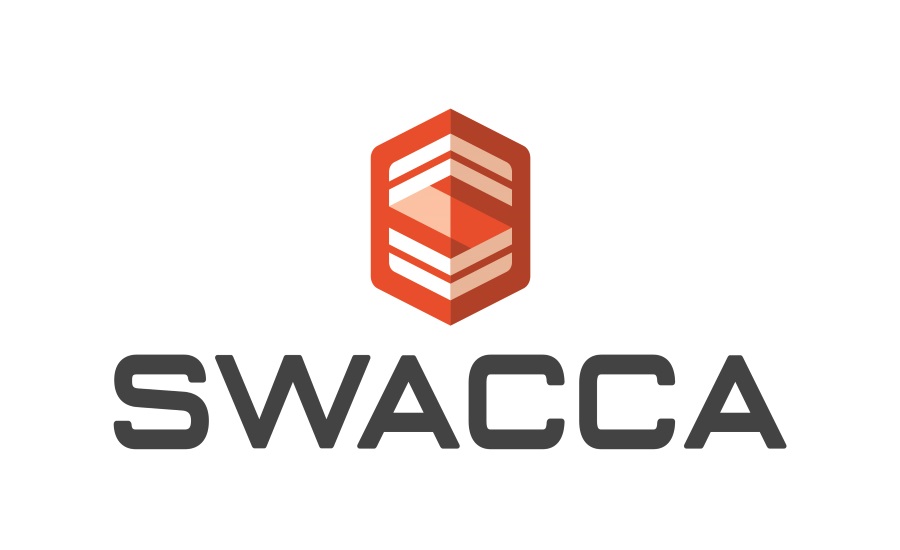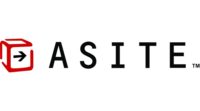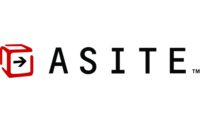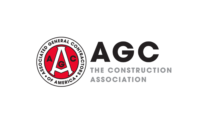The U.S. Equal Employment Opportunity Commission released a report entitled “Building for the Future: Advancing Equal Employment Opportunity in the Construction Industry.” The report provides findings and the EEOC’s suggested next steps based on its enforcement experience, witness testimony presented at the agency’s May 2021 hearing on discrimination and harassment in construction and other EEOC hearings, and academic research.
The report includes a discussion of employment discrimination in the construction industry based on race, national origin and sex through the lens of the EEOC’s publicly resolved cases over the past decade. The report’s key findings include that women and people of color are underrepresented in the construction industry and especially in the higher-paid, higher-skilled trades; discrimination based on sex, race and national origin persists and contributes to the underrepresentation of women and workers of color in construction; harassment is pervasive on many worksites and poses a significant barrier to the recruitment and retention of women and workers of color in the industry; racial harassment in construction often takes virulent forms and nooses appear with chilling frequency on job sites across the country; construction workers who experience discrimination often do not know to whom or how to report violations; and retaliation is a serious problem in the construction industry and hinders efforts to prevent and remedy unlawful discrimination and harassment.
In addition to its findings, the EEOC report makes several recommendations, including developing industry-specific technical assistance for employers, unions and workers to help ensure fair hiring practices, equal treatment on the job, and safe and inclusive workplaces; meeting with unions, employers, industry groups, workers and civil rights organizations to understand their needs, develop coalitions and provide information about their rights and duties under federal laws prohibiting employment discrimination; providing information about lawful diversity, equity, inclusion and accessibility practices that have been effective in fostering opportunities for all workers; partnering with unions, employers and community-based organizations to provide effective anti-harassment training to apprentices and workers; and working cooperatively with other federal, state and local anti-discrimination agencies to advance equal employment opportunity in the industry.





Report Abusive Comment